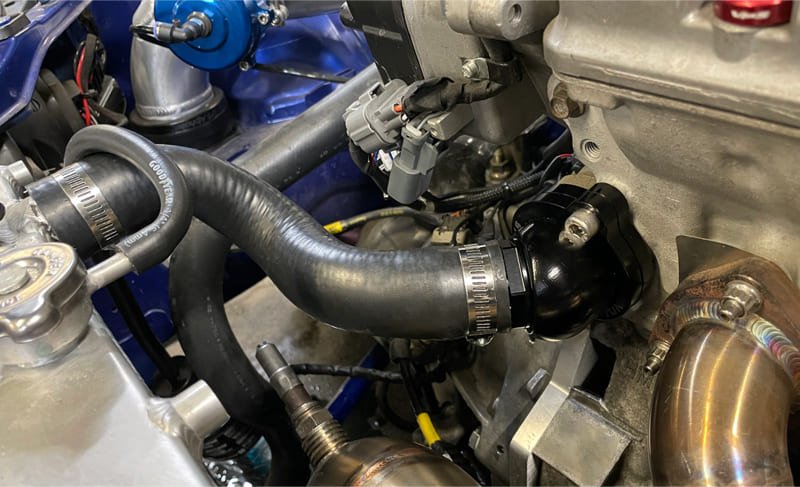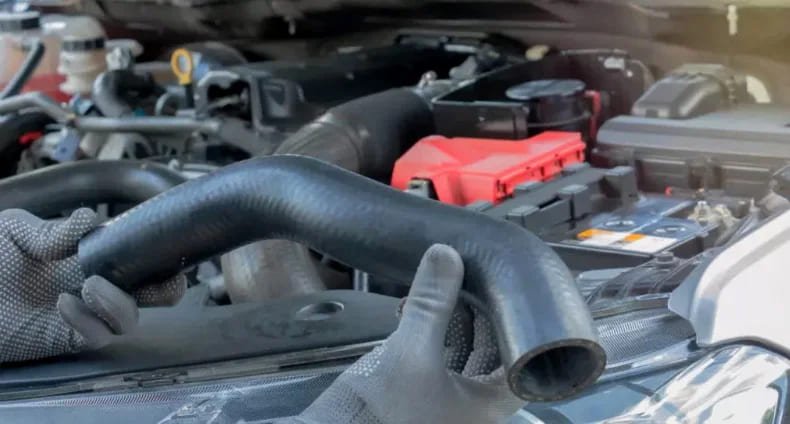Radiator hoses are very important for your car’s operation. If a radiator hose fails, it can cause the engine to overheat and lead to serious problems, even engine damage. This guide explains the symptoms of radiator hose failure so you can replace them in time.

- Coolant Leak: If you notice a puddle of green, orange, or yellow liquid under your car that has a sweet smell, it could be a coolant leak caused by a damaged radiator hose.
- Engine Overheating: If you see a warning light on your dashboard, the temperature gauge rising, or hot steam coming from under the hood, it could mean a damaged radiator hose is causing a coolant leak. This makes the engine temperature rise and leads to overheating.
- Visible Cracks or Wear on the Hose: If the radiator hose has obvious cracks or wear, continuing to use it can lead to further damage over time.

- Collapsed Hose: Over time, the hose material can age and collapse. When this happens, it’s important to replace the radiator hose immediately. A collapsed hose can’t stay secure and may cause coolant leaks.
- Sudden Drop in Coolant Level: This could be due to a damaged radiator hose causing a coolant leak.
- Hose Becomes Soft, Hard, or Bulging: A normal radiator hose should be flexible. If it becomes hard, or soft, loses its elasticity, or starts to bulge, it should be replaced immediately. This indicates a problem with the hose material, and continuing to use it could cause it to burst.
- Strange Smell: If you smell something unusual, it could be the scent of coolant leaking and burning on the engine or the sweet smell of coolant itself.
- Hose Connection Broken or Clamp Loose: If the radiator hose isn’t installed properly, the connection may break, or the hose clamp may become loose, causing a coolant leak.
How to Check for Radiator Those faults

- Regular Visual Inspections: Regularly check the hose for cracks, bulges, dents, or wear.
- Check Coolant Level: Regularly check the coolant level. A sudden drop in coolant may indicate a radiator hose leak.
- Feel the Hose: Check if the hose still has elasticity and hasn’t become brittle or hard.
- Watch for Warning Lights: Pay attention to temperature or check engine warning lights.
- Monitor Engine Temperature: A sudden increase in temperature may be due to a problem with the car’s cooling system.
- Look for Water Stains Under the Car: After parking overnight, check under the car for water stains, which may indicate a coolant leak.
- Check Hose Clamps: Make sure the hose clamps are installed correctly.



